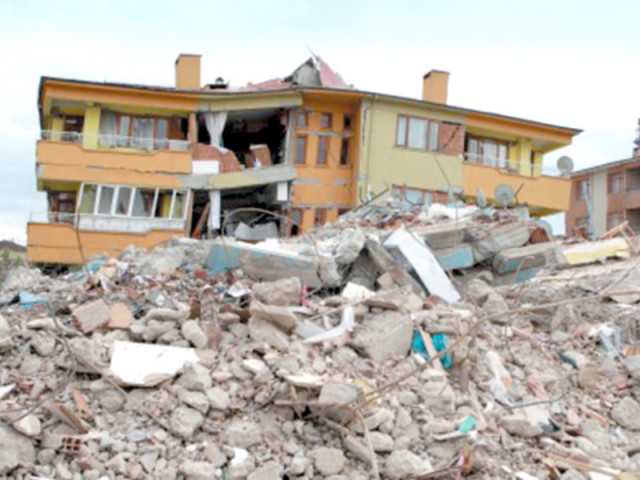‘Cloaking’ against earthquakes
Dr Parnell proposed buildings in earthquake-vulnerable regions could be surrounded with pressurized rubber at bases.

While the idea of an invisible cloak reminds us of Harry Potter, “cloaking” technology actually exists in real life as well. Recently scientists have demonstrated various experimental cloaking systems that prevent small objects from being seen, and in one case, even from being heard. Such invisibility systems involve the use of metamaterials, which are man-made materials that exhibit optical qualities not found in nature. These are able to effectively bend light around an object, instead of allowing it to strike the object directly. Now, mathematicians from the University of Manchester are proposing technology based on the same principles that would allow buildings to become “invisible” to earthquakes.
Dr William Parnell is leading a team which has proposed that buildings in earthquake-vulnerable regions could be surrounded with pressurized rubber at their bases. This could theoretically keep the elastic waves traveling through the ground from registering the presence of the building, instead simply passing around either side of it.
“We showed theoretically that pre-stressing a naturally available material — rubber — leads to a cloaking effect from a specific type of elastic wave,” said Parnell. “Our team is now working hard on more general theories and to understand how this theory can be realized in practice ... If the theory can be scaled up to larger objects then it could be used to create cloaks to protect buildings and structures, or perhaps more realistically to protect very important specific parts of those structures.”
While building rubber bumpers around all the buildings in one town might be a little over-ambitious, it has been suggested that the technology could be focused on structures such as electric pylons, nuclear power plants, and government offices. Source: Gizmag.com
Published in The Express Tribune, February 18th, 2012.



















COMMENTS
Comments are moderated and generally will be posted if they are on-topic and not abusive.
For more information, please see our Comments FAQ